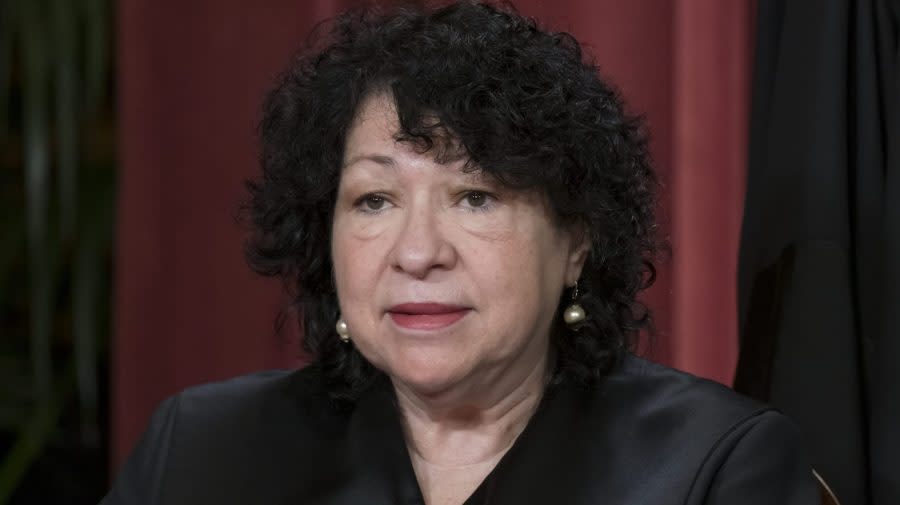Sotomayor points to Senate in arguing against cameras in Supreme Court

- Oops!Something went wrong.Please try again later.
- Oops!Something went wrong.Please try again later.
Supreme Court Justice Sonia Sotomayor pointed to the Senate in arguing against allowing cameras in the Supreme Court.
In a conversation alongside Justice Amy Coney Barrett during the Civic Learning Week National Forum on Tuesday, Sotomayor suggested that cameras could hinder some conversations from taking place by pointing to the cameras being allowed in the Senate and House. Cameras are not allowed in the courtroom of the Supreme Court while it’s in an active session.
“I remember when I was being interviewed for my Supreme Court nomination that I’ve met with many, many senators, and I asked them when things had changed in the sort of partisan nature of the Senate. And a few of them attributed it — and I know the media’s going to be unhappy about this — to having cameras in the Senate and House chambers,” she said.
“Because with the cameras, people felt no longer an obligation to sit in the room with their colleagues. And so those conversations that occurred spontaneously in the corner or sitting side by side in the chamber, were no longer occurring,” she added.
Sotomayor told senators during her confirmation hearings in 2009 that she had positive experiences with cameras, saying at the time that she would try to convince the other justices to be more open to cameras in the courtroom. She later appeared to reverse her statements, saying in 2013 that she no longer supported bringing television cameras into the courtroom.
Sotomayor described some of the debates she has seen in the Senate, saying senators may not be able to listen to what their colleagues are saying because they had staffers monitoring debates.
“Most of the time the senators didn’t have to be there because they had staffers watching. And I would see a debate going on, and I’d be sitting there being interviewed by a senator who had no volume on. So he never heard his colleagues speaking. That, thankfully, we avoid by the nature of our work because we’re in every case together,” she said.
“We’re in the same courtroom, we’re hearing each other’s thoughts, thinking about each other’s thoughts. But that engagement you said it earlier, that place engagement, being in the same place, listening, is an important part of working together,” she noted.
For the latest news, weather, sports, and streaming video, head to The Hill.

